Have you ever read a book that changed your worldview? For me, it was “The Monkey Wrench Gang” by Edward Paul Abbey. This first book that I read by Abbey spawned a love for the man and the myth of “Cactus Ed,” sending me down a dozen different paths of topics of interest. So I thought I would tell you about my three favorite Abbey books from those that I’ve read so far.

I was turned on to the Monkey Wrench Gang when I was 18 or 19 years old, a very impressionable time in life. The book focuses on four individuals who come together to wage war against the destruction of the wilderness. Ultimately it culminates in them attempting to blow up the Glen Canyon Dam, something that Abbey actively campaigned against. The book is most notable for inspiring many acts of eco-sabotage since then.
What this book did for me was help me realize the importance of protecting wild areas. I loved being in wild places, but I never thought about protecting them and the wildlife that occupied them. Abbey, who was originally from Pennsylvania, fell in love with the wide expanses of wilderness provided by the American Southwest. He was afraid that the west would become crowded and overdeveloped like the East Coast and fought tirelessly to preserve it.
Next, I read “Desert Solitaire.” In this book, he flexes his philosophical muscle as he recounts his time as a backcountry ranger at then Arches National Monument. Abbey had a master’s degree in Philosophy, so he would often observe and remark upon environmentalism and society through unique philosophical lenses. This is where I was first exposed to the ideas of anarchism. I’m not talking about smashing something while drunk and listening to the “Dead Kennedys” yelling anarchy! I am talking about a more self-reliant, small community version of anarchy, which is really just an extreme version of libertarianism where governance is reduced to local government.
Edward Abbey as an anarchist did not trust the government and has some great quotes about that stance. This has led to people like Cliven Bundy and his militiamen to misuse some of his anarchist quotes. Similar to the Bundy family, Abbey too had a beef (pun intended) with the Bureau of Land Management (BLM). Ironically, the Bundy’s anger with the BLM was how they thought that they should be allowed to graze their cattle on public lands for free, while Abbey was angry with the BLM for allowing ranchers and other industries to destroy these lands.
“The most common form of terrorism in the U.S.A. is that carried on by bulldozers and chainsaws. It is not enough to understand the natural world; the point is to defend and preserve it. Sentiment without action is the ruin of the soul.” – Edward Abbey
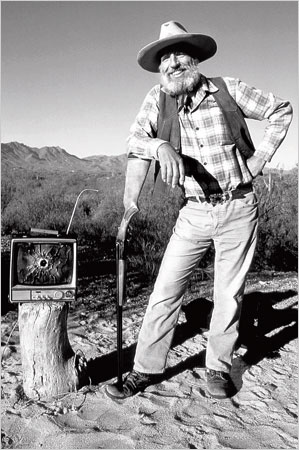
Since those first two books, I have read several others. “The Brave Cowboy,” which was turned into a great Kirk Douglas film called “Lonely Are the Brave,” and “Hayduke Lives” the sequel to “The Monkey Wrench Gang.” This brings me to my third favorite book so far, “The Fool’s Progress: An Honest Novel.” This book is semi-autobiographical in nature as the main character’s life shares more than a passing resemblance to the author’s. The reader follows Henry Lightcap as he decides to return to his family home in West Virginia after his wife leaves him. Leaving Arizona on this journey, the reader is treated to memories of past romances and adventures that lead up to the current point in Lightcap’s life.
Throughout “The Fool’s Progress,” Abbey is a bit of a curmudgeon as he argues against technological progress and how society has forgotten its wild nature. One of the more memorable moments in the book is when Lightcap’s father lays out an argument against America’s involvement in the Second World War. Until then, I had never heard about people being against us joining WWII since our involvement is typically lauded and our cultural narrative is that we came in and were the heroes of the war (Note: To my readers from places other than America, I realize that the story of WWII is much more complicated than that and heroic actions are not just limited to America’s actions in the war).
Also memorable in the book is a funny bit in the beginning where Lightcap calls the nearby Air Force base’s commander to complain about fighter jets flying over his house. He identifies himself as being the rank of “Private First Class retired” and demands all honors and respect that rank deserves. As someone who served in the U.S. military, this cracked me up since Private First Class is one of the lower ranks in the rank system.
I think I identified with this book since I also grew up in rural Appalachia and longed to experience the Rocky Mountains or the Southwestern desert. For my younger self, there was a lot of hero worship of this man who was an anarchist cowboy, a rogue, and an adventurer. He did not fear to be alone in the wilderness, but instead reveled in it.
A final note: Part of growing up is realizing that your heroes are human and that you should incorporate what was good about them into your life while leaving their flaws behind. The picture that Abbey presented of himself was not entirely accurate, as he cultivated a mythology around himself. An example is that he claimed to live in rural Oracle, Arizona, when really he lived in the more urban area of Tuscan. He also advocated that people use direct action methods to preserve the wilderness but there is no evidence that he himself participated in such. The truth is that Edward Abbey was an alcoholic and a philanderer. He died in 1989 of esophageal hemorrhaging connected to his drinking and lifestyle while married to his 5th wife. Those who were close to him often had tumultuous relationships with him, as was most famously the case with Douglas Peacock. Peacock is most often cited as the inspiration for Abbey’s most famous character, George W. Hayduke. Both the character and the man were Green Berets in Vietnam who returned to the American West suffering from addiction and PTSD, angered that it was not the wild place they had left. Peacock did not like that Abbey had hijacked his story and made him an eco-warrior icon. In the end, Peacock was at Abbey’s side when he died and went on to be one of the few involved in his illegal burial.

Edward Abbey opened my eyes to see the world in a different way. The spirit of his works continues to influence the decisions I make and the lifestyle I choose to lead. That said, I do not agree with him 100-percent. For instance, I am not a radical eco-warrior nor do I agree with all their tactics. I instead believe in the democratic process and do not attempt to physically destroy public or private property. I work to advocate and educate others on why wilderness should be preserved. I am not an anarchist. I believe in society and think that a central government is necessary.
Wow! As I review this post, I realize it went long and got sort of political. This was not my intention when I started the post, but writing about Abbey and his ideas drew me back in. I continue to find him very relevant to my thinking about current issues. Also, you got to learn a bit more about what I believe.
So these are my favorite books by Abbey, what are yours? Or, is there an author that inspired your life and maybe changed how you saw the world? Please share your thoughts and comments below. Thank you for reading.
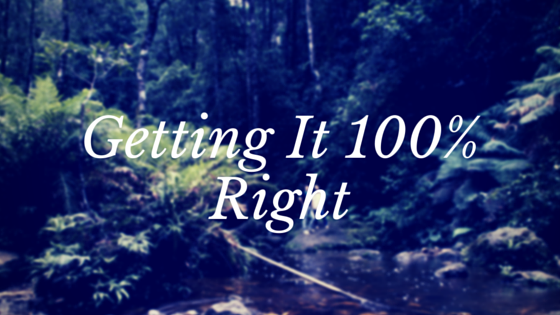
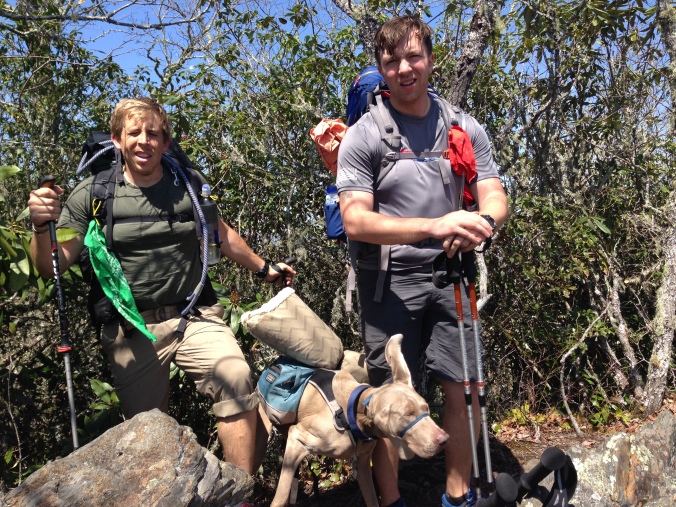
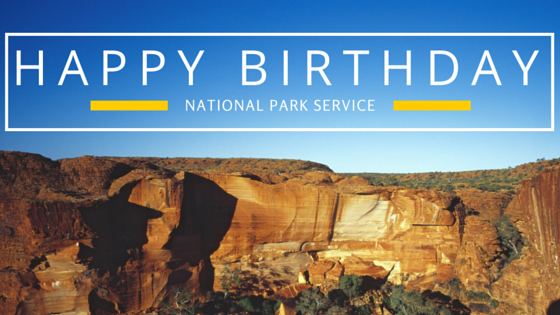



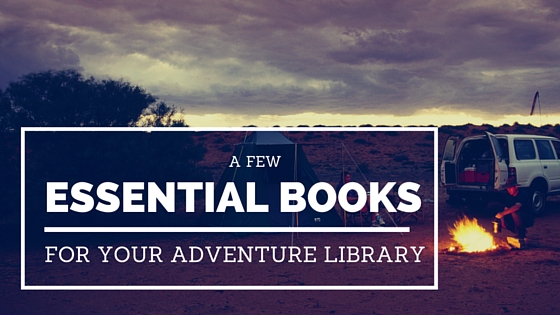
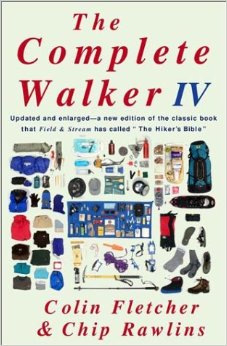
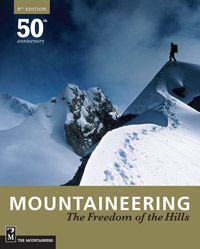
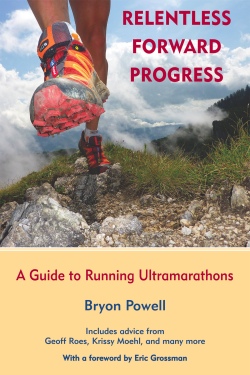
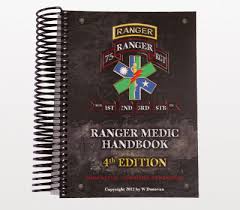
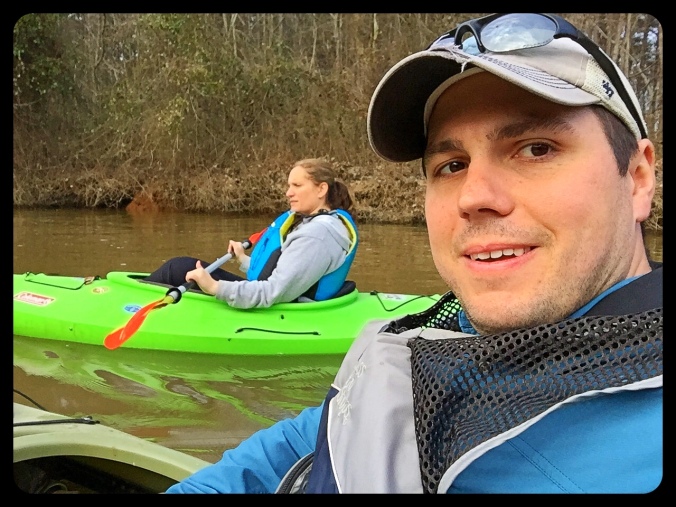
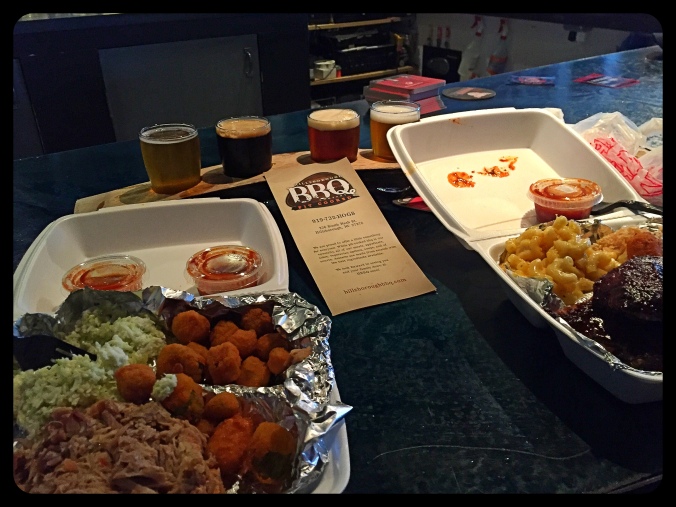
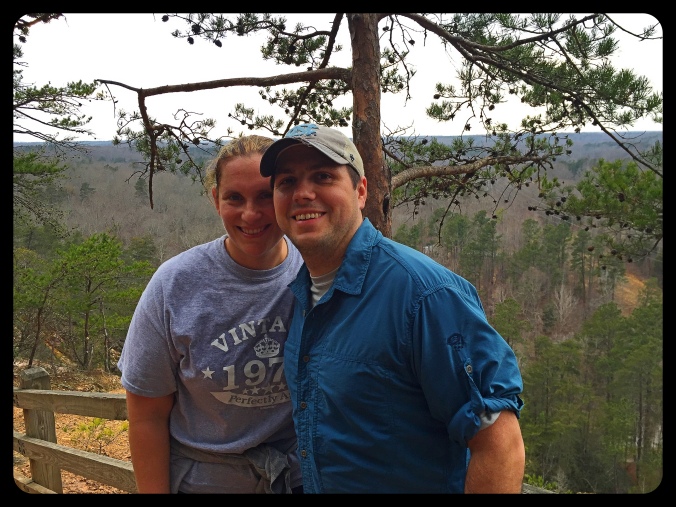


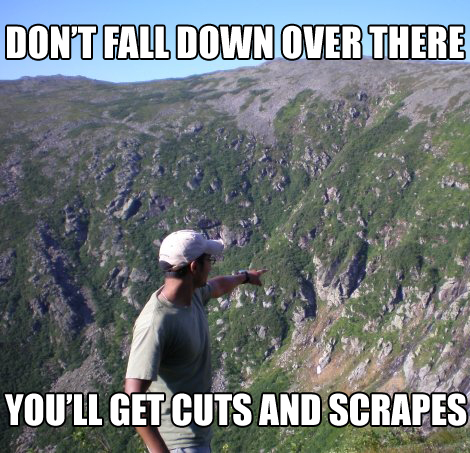
Recent Comments